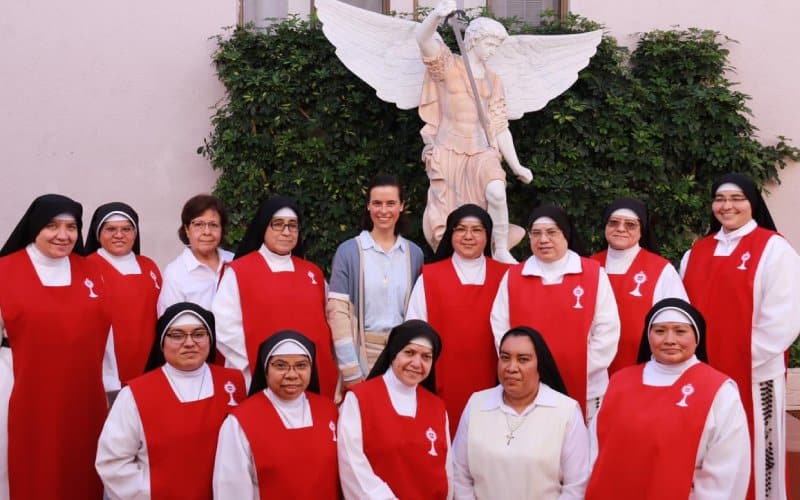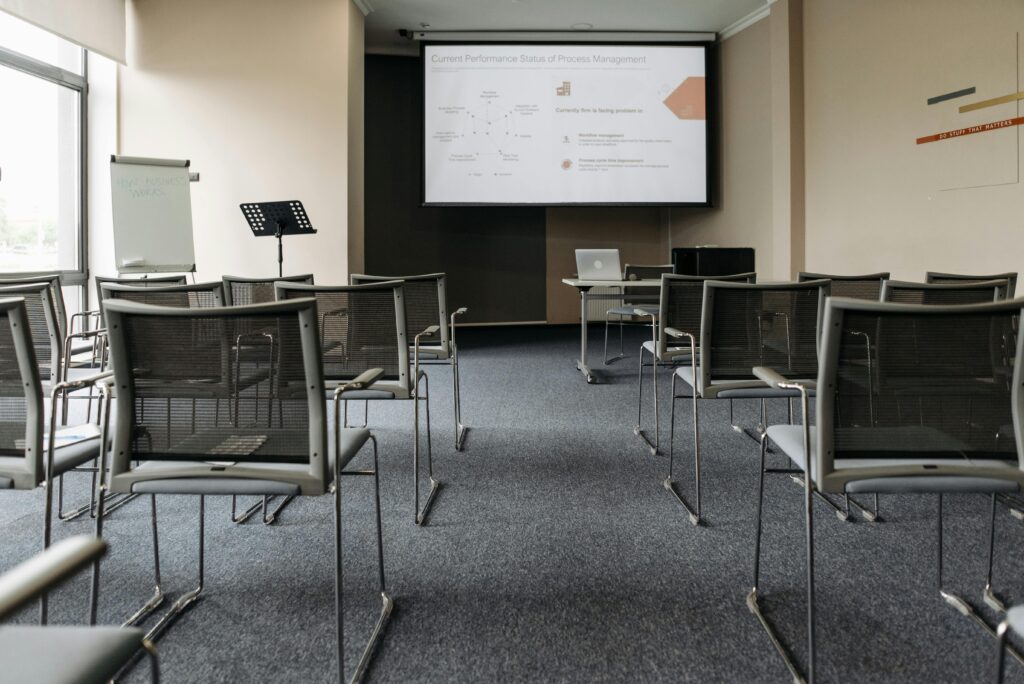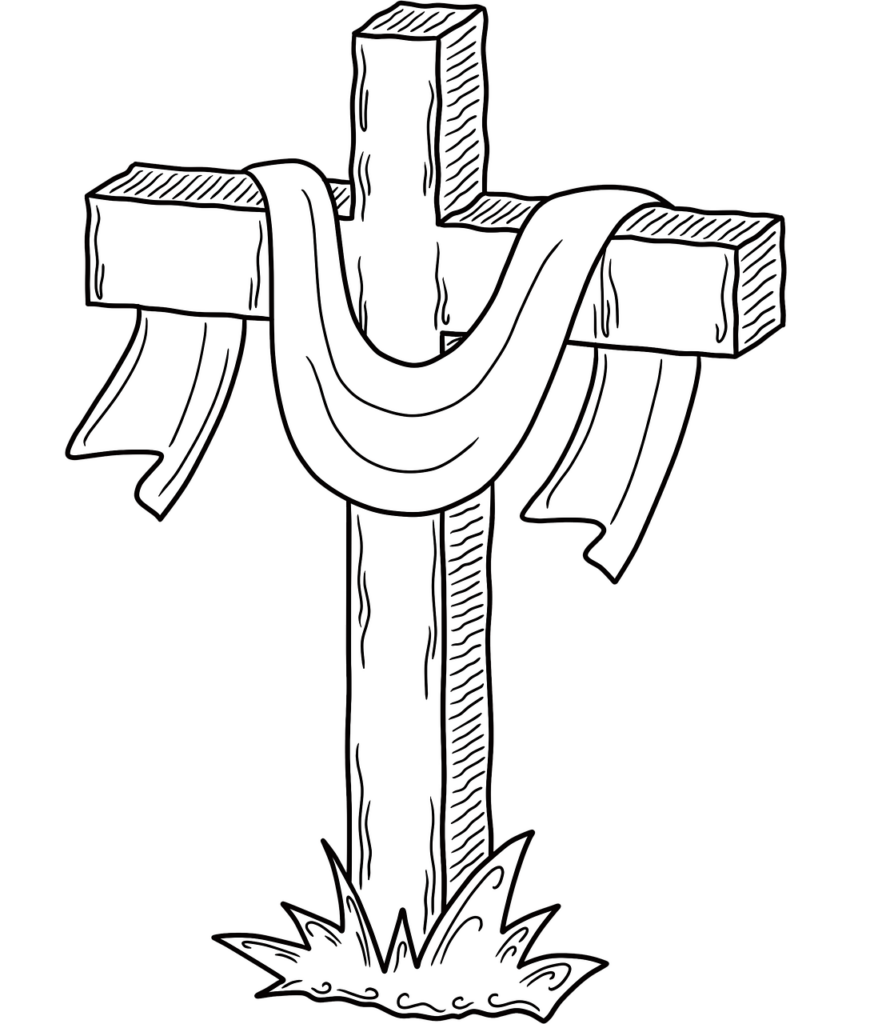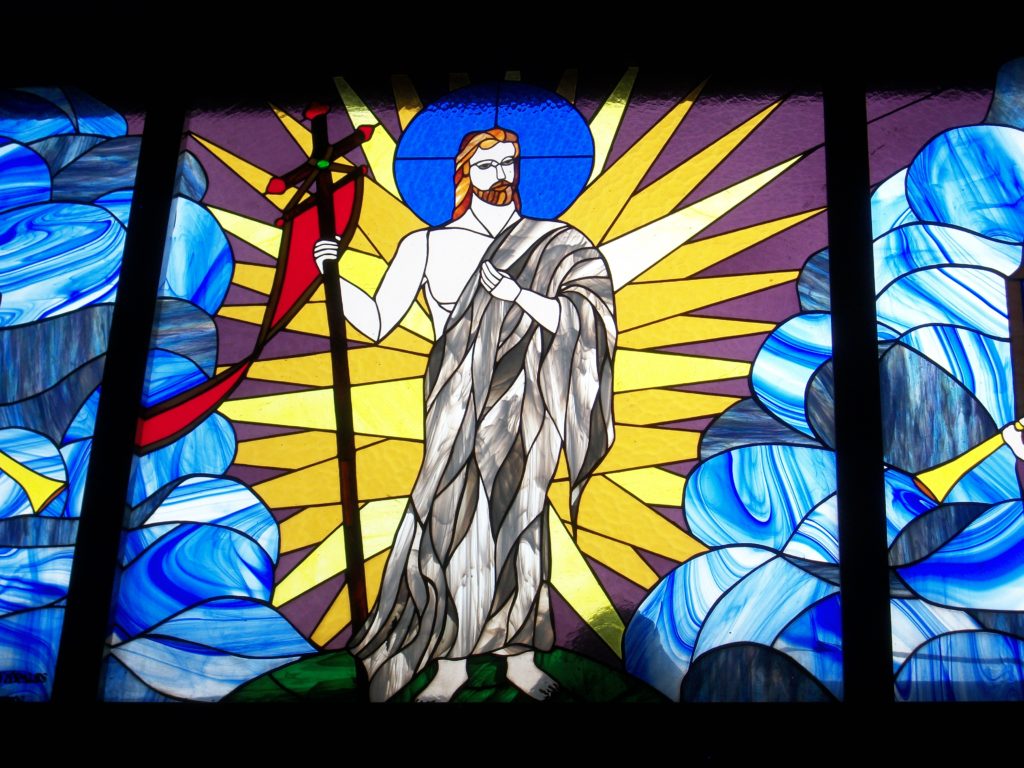Perpetual Adorers of the Blessed Sacrament
Families of monastic orders dedicated to the contemplative life

The Perpetual Adorers of the Blessed Sacrament are a contemplative religious institute of Pontifical Right, founded by Blessed Mary Magdalene of the Incarnation in 1807 in Rome (Italy).
HISTORY
Catherine Sordini, Mother Foundress, was born on 16 April 1770 in Porto San Stefano, in Tuscany, in the province of Grosseto (Italy), and was baptised the following day.
Catherine was the fourth of nine children in a wealthy and deeply Christian family.
At the age of sixteen, her father promised her in marriage to a young shipowner. But it so happened that this young man, before the wedding, had to go on a long journey lasting several months. During this absence, and as a result of a naive act of vanity, Catherine had a vision of the Crucified and suffering Jesus, who called her to convert and embrace religious life.
In 1788, she entered the monastery of the Franciscan Tertiaries in Ischia di Castro. On 26 October 1788 she received the religious habit and took the name of Sister Mary Magdalene of the Incarnation.
During her novitiate year, on Thursday 19 February 1789, she received from God the inspiration to give life, in due course, to a monastic Order dedicated to the Perpetual Adoration of the Blessed Sacrament.
At that time, she found as her spiritual director and guide the priest Don Giovanni Antonio Baldeschi, who supported him in everything and later became a valuable collaborator of the new Foundation.
In 1802, at the age of thirty-two, Mother Maria Magdalena was elected abbess of the monastery of Ischia di Castro.
Because of her union with God and her spiritual wisdom, Mother Mary Magdalene was considered a “holy nun” and many people came to the monastery to ask her advice and prayers, leaving large amounts of alms for charitable works.
In 1807, with the financial help of the Marquis Negrete, and with the permission of Pope Pius VII, Mother Maria Magdalena went to Rome with two Franciscan Sisters and a small group of young people, to start the new Foundation. Father Baldeschi also accompanied them.
But on 2 February 1808 the French occupied Rome, and on 10 June 1809 the city was “legally” declared a French city. On 6 July of the same year, Pope Pius VII was deported and the religious who were not of Roman origin were exiled.
On 7 May 1811, the police showed up at the monastery of St. Joachim and St. Anne. Father Baldeschi was arrested and Mother Mary Magdalene was exiled, first to Porto Santo Stefano and later to Florence.
But Mary Magdalene persevered in prayer asking God to allow her to return to Rome. Finally, in February 1814, a decree was issued allowing the religious to return to Rome. The Mother set out on her journey and on 19 March she returned to the Eternal City accompanied by ten young Florentine women with whom she would begin the Foundation. On 13 July 1814, in the monastery of St. Joachim and St. Anne, and with the support of the Holy Father, the exposition of the Blessed Sacrament was re-established.
Finally, on 10 May 1818, the Holy See approved the new Order of Perpetual Adoration, the Rules and Constitutions.
At last, the divine project that Mother Mary Magdalene had been carrying forward was finally coming to fruition, after countless trials and sacrifices.
The Foundation was now consolidated, but Mother Mary Magdalene’s health was precarious and on 29 November 1824, “at the fall of the leaves”, as she predicted, she gave her soul to God to continue in heaven the adoration she had begun here on earth.
CHARISMA
The charism of the Institute is to make reparation for the offences, ingratitude and sacrileges that Jesus receives in the Blessed Sacrament, as well as to intercede, by uninterrupted adoration and praise, for the Church and all humanity.
The monastic life of the Adorers integrates eight elements: silence, solitude, prayer, penance, liturgy, lectio divina, asceticism and work.
Their first and fundamental apostolate, their typical and characteristic way of being Church, of living in the Church, of realising communion with the Church and of fulfilling a mission in the Church, is to pray for the needs of the Universal Church and of the world, especially for the holiness of priests.
They are present in Italy, Spain (3 monasteries: Barcelona, Berga, Vic), Austria, Kenya, Chile, Mexico and the United States. There are about a thousand nuns in 70 monasteries.
Related

The Perspectivas del Trabajo Foundation is founded with the aim of promoting virtues for professional development
Exaudi Staff
25 April, 2025
2 min

Reflection by Bishop Enrique Díaz: Alleluia, alleluia
Enrique Díaz
20 April, 2025
5 min

Christ is Risen! Alleluia! Commentary by Fr. Jorge Miró
Jorge Miró
20 April, 2025
3 min

Easter: Mystery of Freedom
Carlos J. Gallardo
20 April, 2025
5 min
 (EN)
(EN)
 (ES)
(ES)
 (IT)
(IT)

